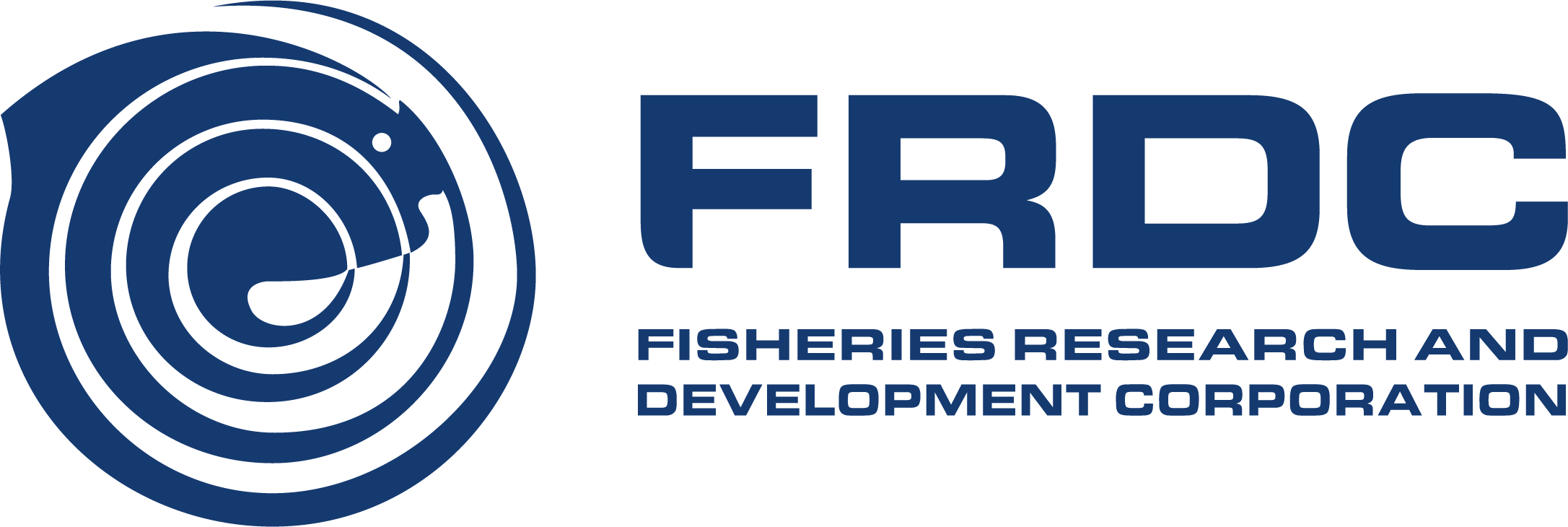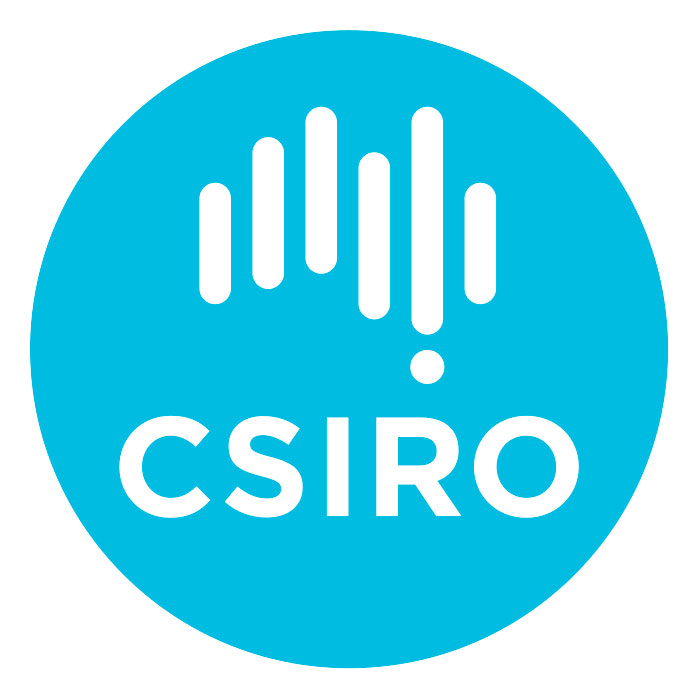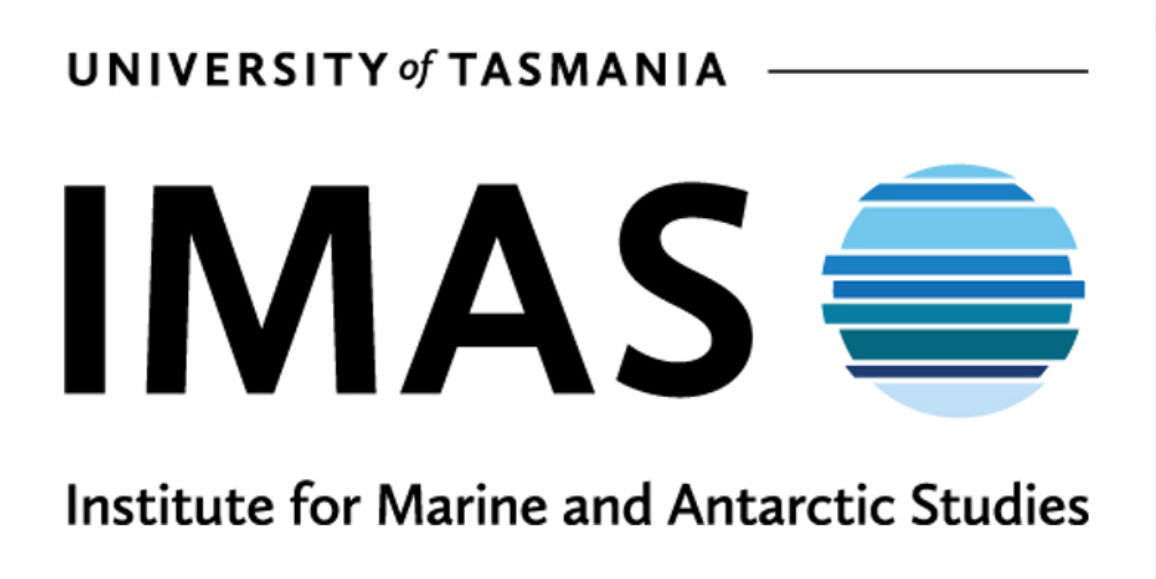THE LOCAL-SCALE IMPACT OF WASTE
Research in the early stages of Atlantic salmon farming in Tasmania focused on local scale impacts of solid waste, like the fish feed and faeces that physically deposits and potentially accumulates on the seafloor beneath and around pens.
This work showed the relationship between farm management practices, and the level of impact and distinct stages of sea floor condition. This included the process of degradation or build-up of increased farm organic waste on the seafloor, and the stages of recovery or assimilation, both of which could be used to classify seafloor condition and manage strategies for allowing the seafloor to recover.
The research confirmed that most organic material and the impacts from farm organic waste are concentrated immediately below and within approximately 35 metres of actively-farmed salmon cages. This decreases with distance from the cage.
This research informed the development of management controls, particularly the implementation of a compliance point used in regulatory monitoring at 35 metres from the boundary of the farm.
The key features, indicators and thresholds associated with the benthic impacts were used to inform the development of environmental standards. These standards prescribe the biological and physico-chemical impacts that are considered unacceptable if observed at the compliance points in Marine Farm Licence Conditions, now called Environmental Licence Conditions.
This research validated and refined the use of visual assessment techniques for assessing sediment health, showing that the visual appearance of the physical and biological characteristics of the seafloor was directly related to the underlying condition of the seafloor.
POTENTIAL SYSTEM-WIDE ENVIRONMENTAL EFFECTS
As the industry looked to expand through the Huon River and D’Entrecasteaux Channel region, interest and concern shifted to potential system-wide environmental effects, including its contribution to nutrient loads and the possible effects on phytoplankton abundance, dissolved oxygen levels, and other potential ecological changes.
Understanding the maximum amount of nutrient input to the system before various management criteria would be exceeded was the major focus of CSIRO and IMAS research, as part of the Aquafin CRC program (2001–2008).
The program took advantage of the extensive set of environmental information, data and concepts generated by an FRDC-funded Huon Estuary Study by CSIRO and included the development of hydrodynamic and ecological models for the whole Huon/Channel region. These models were used to evaluate the effects of current and projected farming loads.
The modelling was coupled with detailed laboratory and field investigations, to understand the process of nutrient cycling in these waterways, and the links with phytoplankton and zooplankton dynamics, including algal blooms and benthic (bottom water) biogeochemistry.
The findings of the study were critical in underpinning the Tasmanian Government’s limit on nutrient release, which put a cap on the amount of fish feed that could be used for the region.
The study also developed an effective environmental monitoring program for Atlantic salmon aquaculture. The result was the Broadscale Environmental Monitoring Program (BEMP) for the region, implemented in 2009 as a regulatory requirement.
The BEMP is a system of sampling that must be conducted over the broader system where there are farming operations, to monitor for changes in water quality and the health of important seafloor habitats that might occur in response to nutrient inputs from Atlantic salmon farming.
BEMPs have now been introduced as a system-wide monitoring requirement in other growing regions (see Marine Based Finfish Farms | EPA Tasmania).
REVIEWING MONITORING AND ASSESSMENT METHODS
More recently, the expansion of the industry into new areas, and environments, together with changes in farming practices and innovations in technology, have highlighted the need to review the monitoring methods and assessment criteria for sediment health, which were developed more than 15 years ago.
This was the focus of a recently finalised FRDC project on managing ecosystem interactions across differing environments. A key element of this project included evaluating potential interactions between local reef systems and Atlantic salmon farming, and developing methods for monitoring and assessment. Read the final report and key findings.
Read more about the Aquafin CRC project subprograms:



